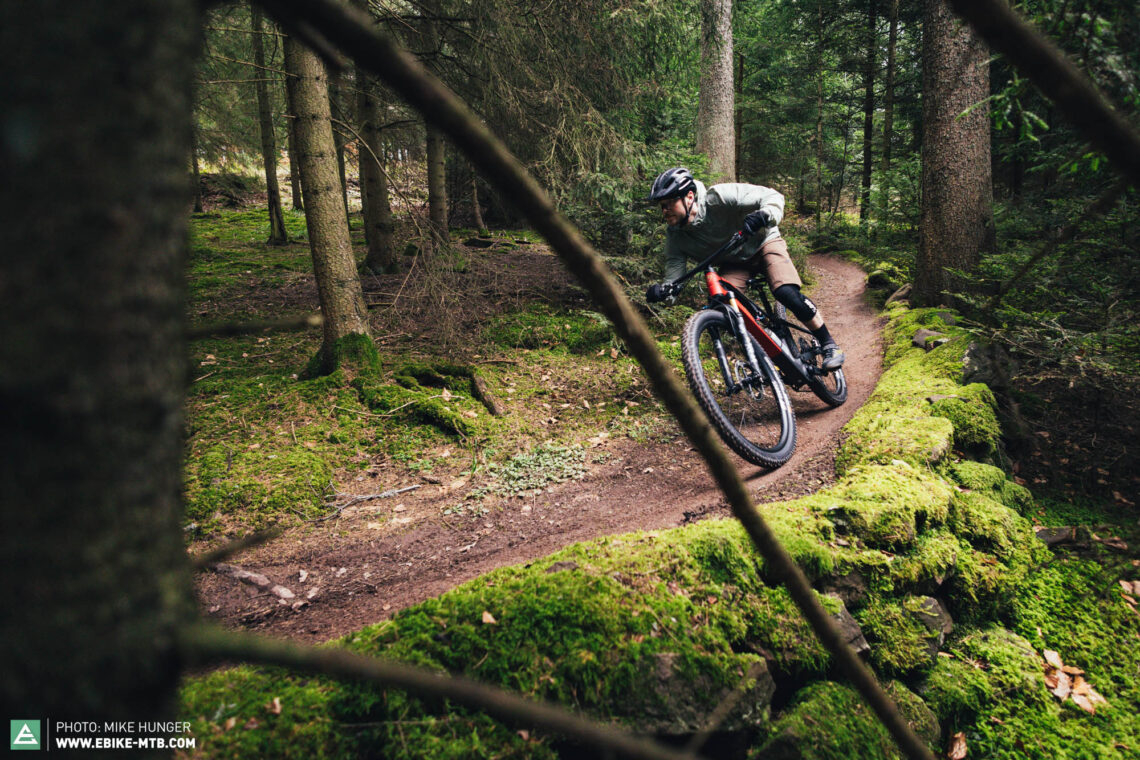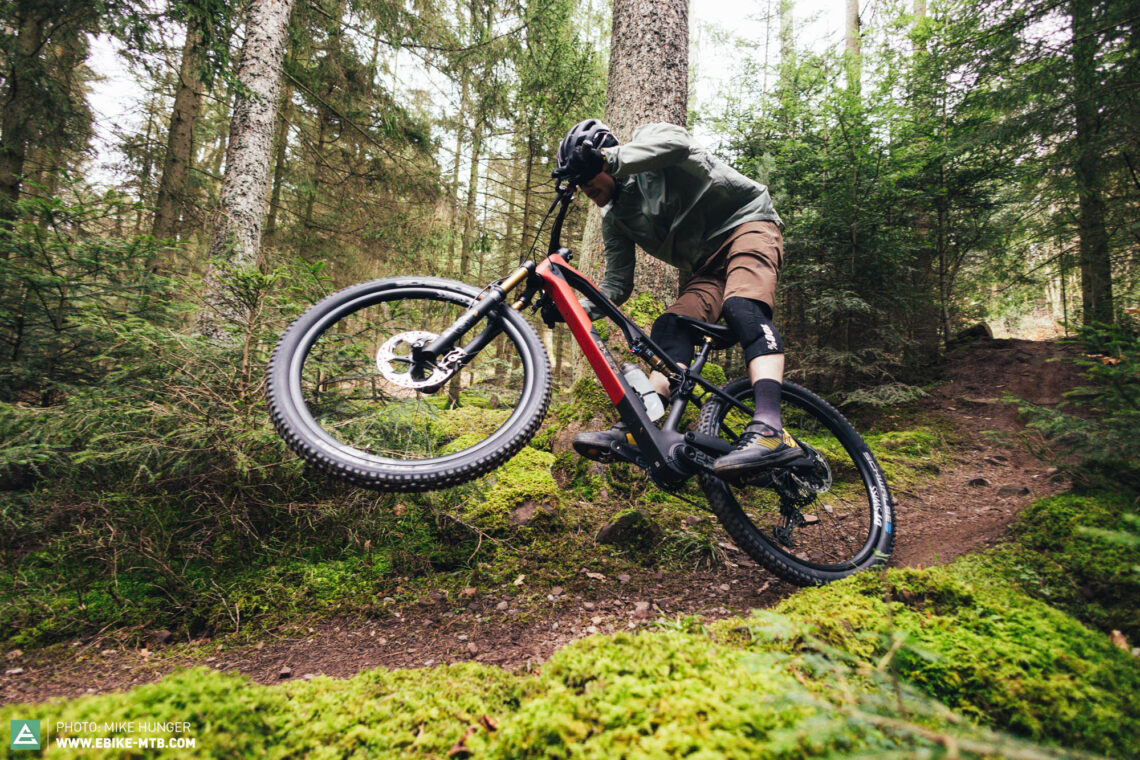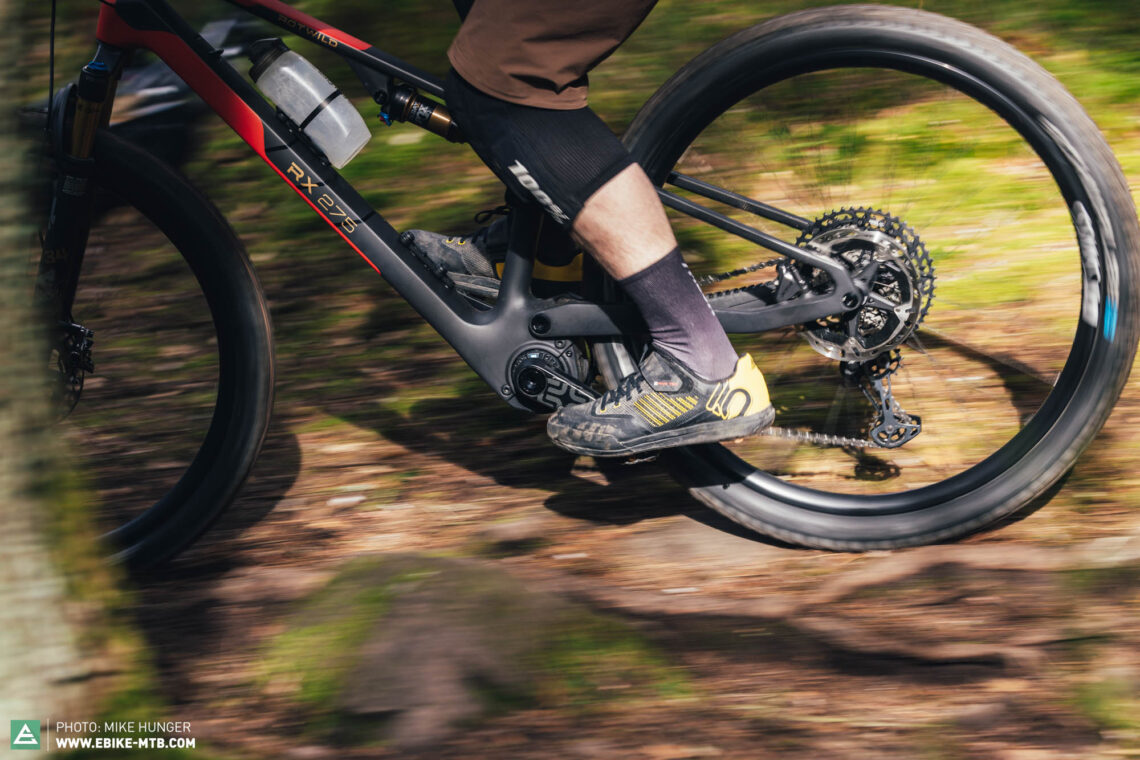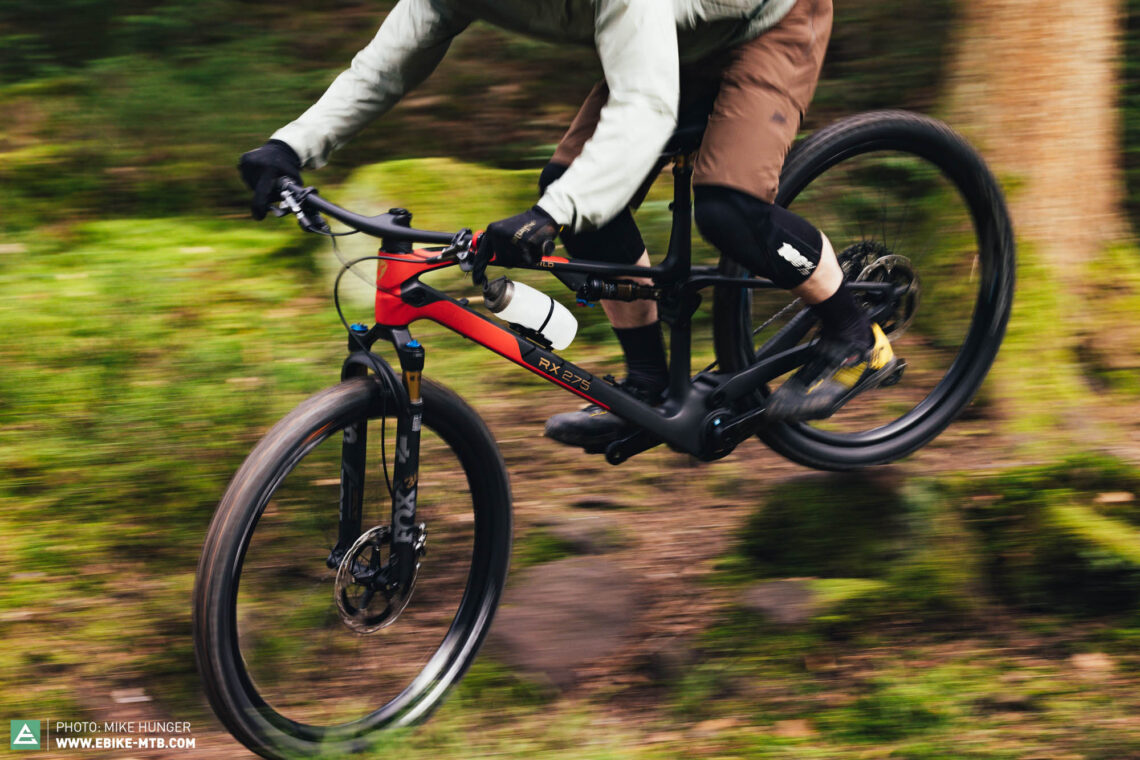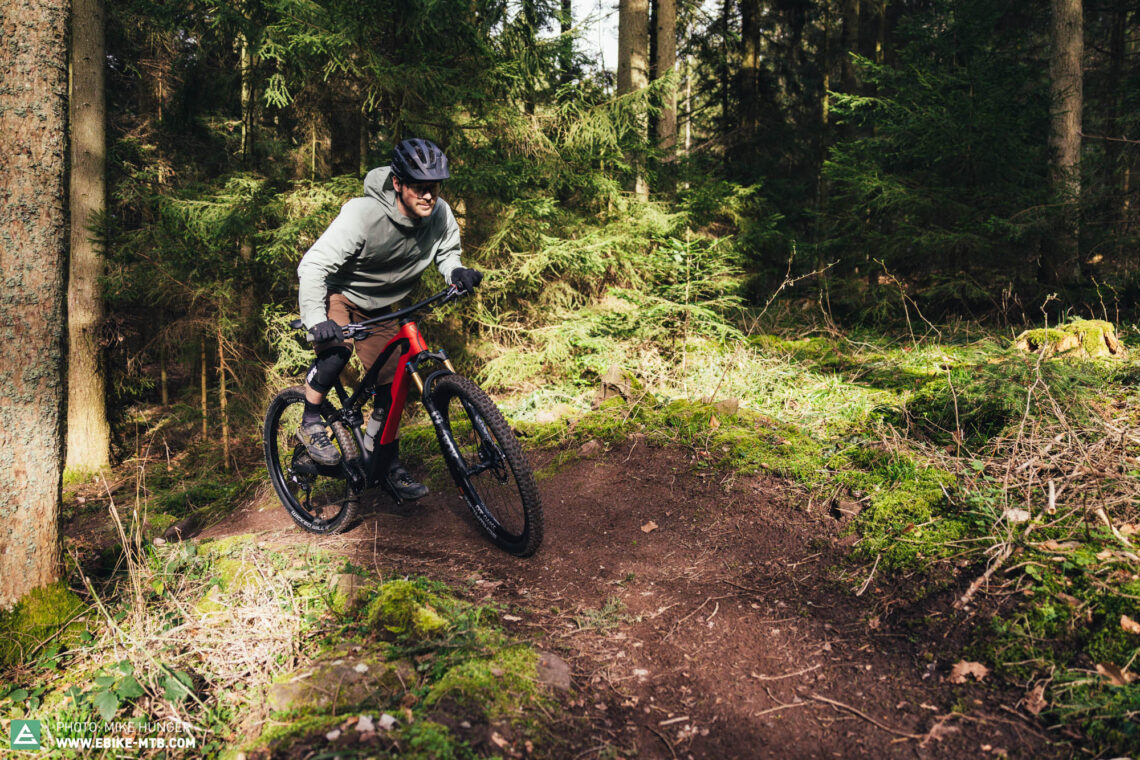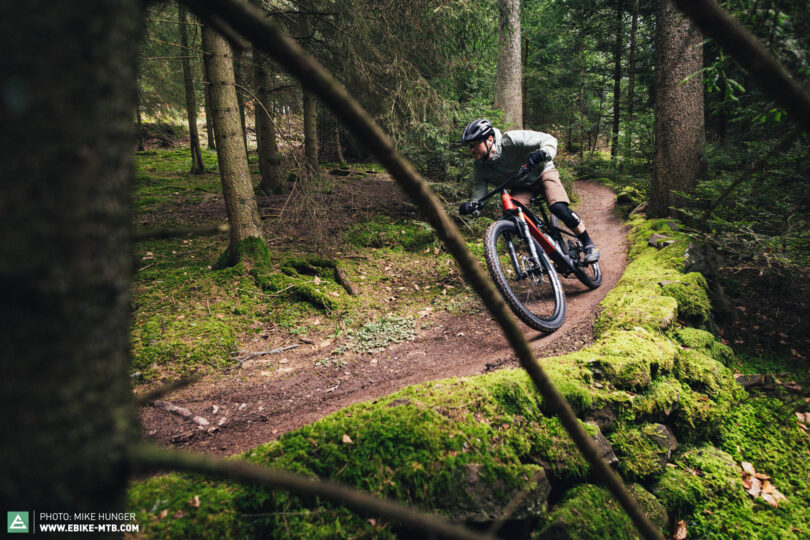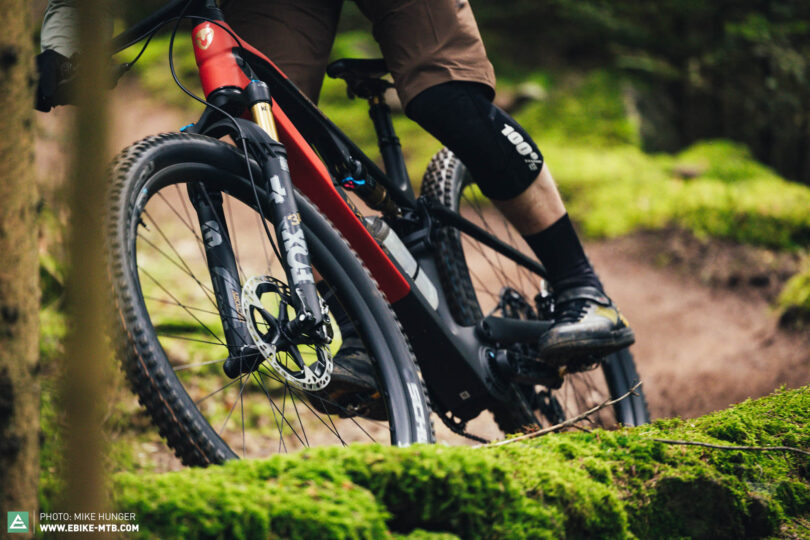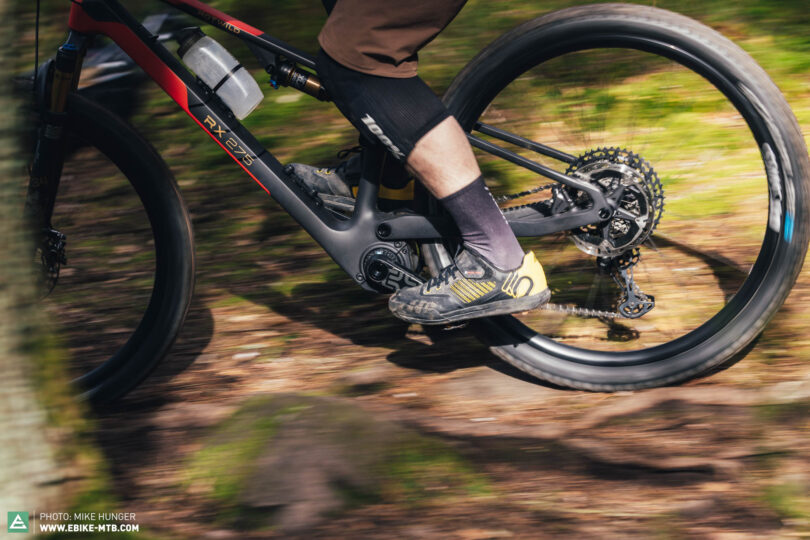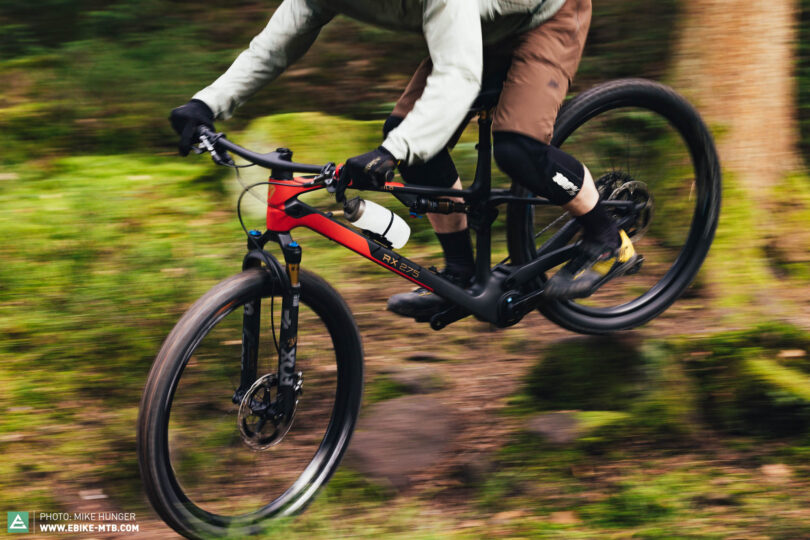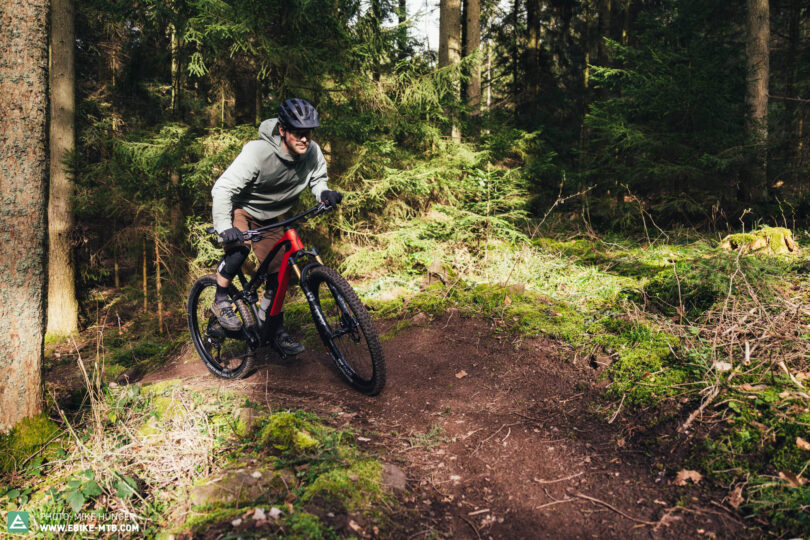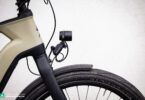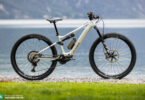With the ROTWILD R.X275, the German bike manufacturer is introducing a brand-new e-mountainbike that is trimmed uncompromisingly to be lightweight. It relies on a TQ HPR 50 drive system with a small 250 Wh battery, and combines 130/120 mm of travel at the front and rear, respectively. How does ROTWILD’s new electric full-susser fare on the trail?
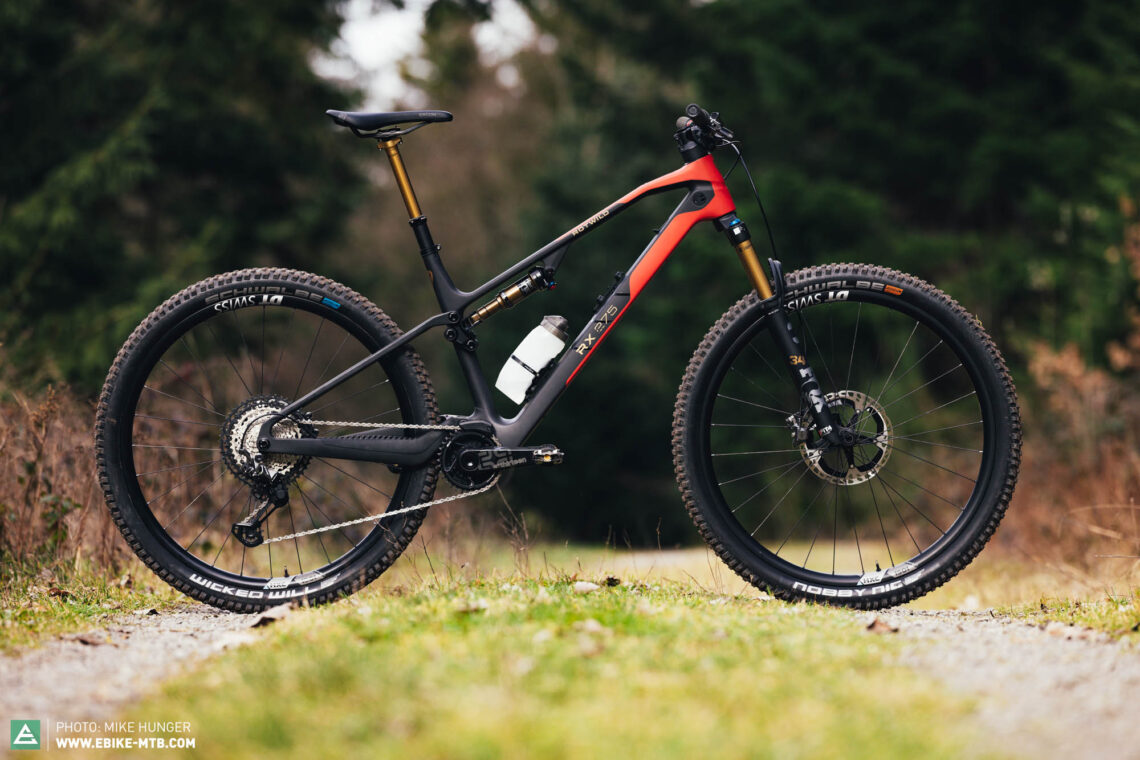
15.6 kg in size L | € 12,499 | Manufacturer’s website
ROTWILD aren’t new to the Light-eMTB segment and have already released several bikes with exciting drive concepts. So far, their bikes came equipped either with the proven, very powerful 85 Nm Shimano EP8 motor or a Brose drive, which the German manufacturer combined with different battery sizes to match the bike’s intended use. Just in time for the new season, ROTWILD are introducing a new lightweight trail eMTB, which generates 130/120 mm of travel, at the front and rear respectively. However, the R.X275 features neither a Shimano EP8 motor nor a Brose drive, relying on the new TQ HPR 50 drive system and small 250 Wh battery instead. In a nutshell, the R.X275 is supposed to feel more like an analogue bike rather than an eMTB, thus requiring a fair amount of physical effort despite the motor. The motor also features an additional Boost mode to give you a quick burst of extra power when you need it.
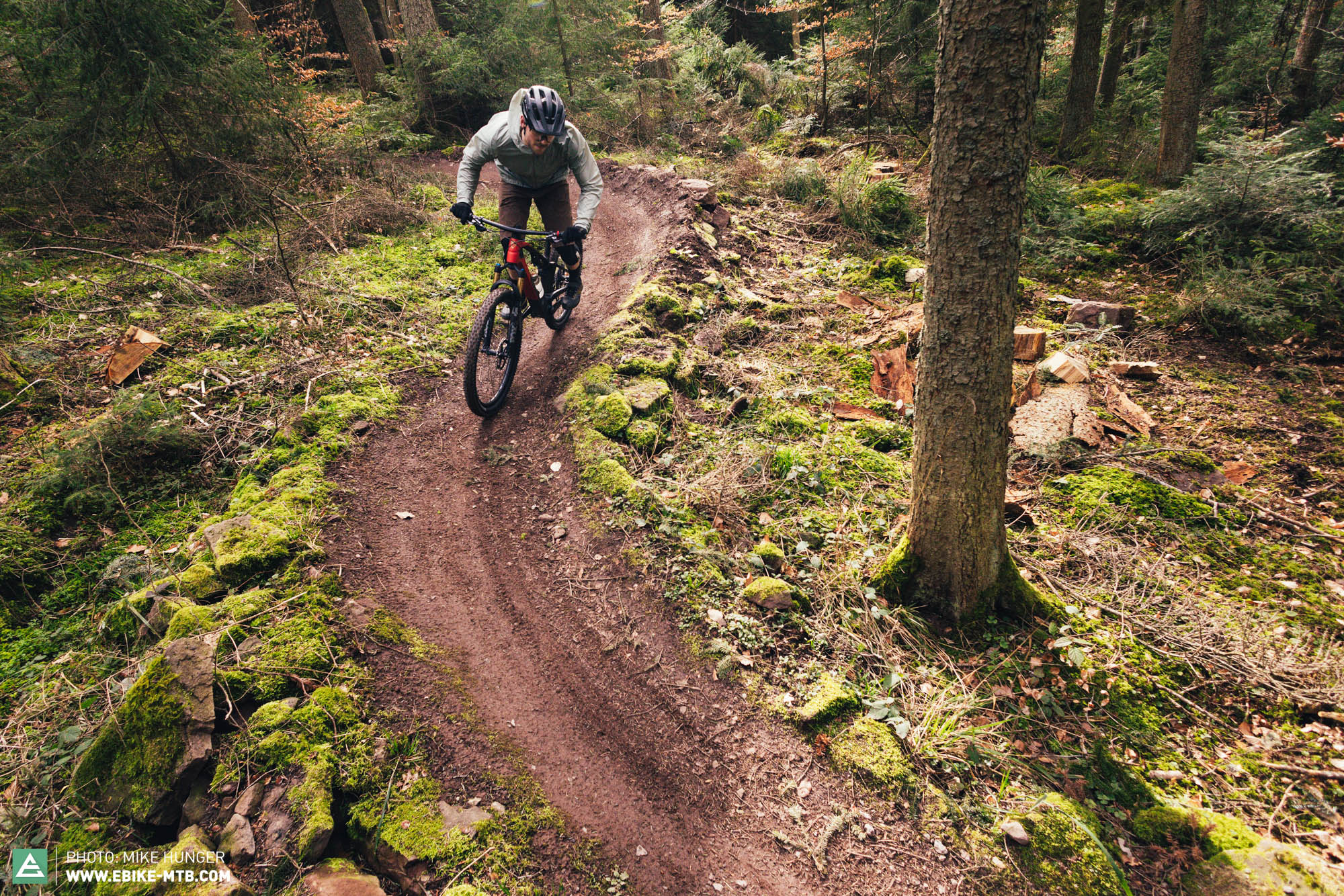
The ROTWILD R.X275 ULTRA 2023 in Detail
With its unmistakable silhouette, the R.X275 is distinctly recognizable as a ROTWILD. The angular carbon frame relies on an aggressive design language that ensures a modern look. The R.X275 comes in ROTWILD’s elegant, bright red paint finish with gold and black accents. The brake lines and shifter cable disappear into the frame through the one-piece carbon cockpit, adding to the overall tidy look of the bike, while the dropper post cable runs into the frame through a cable port on the head tube. In typical ROTWILD fashion, the shock runs parallel to the top tube and is complemented with a flex-stay which allows the engineers to forgo an additional pivot point. The ribbed chainstay protector stretches far over the front section of the chainstays, preventing chain slap and paint chips. Moreover, the R.X275 comes standard with two FIDLOCK bottle cages, one of which can be used to accommodate the optional 160 Wh range extender, allowing you to stock up either on water on a hot day or Watts for epic backcountry expeditions.


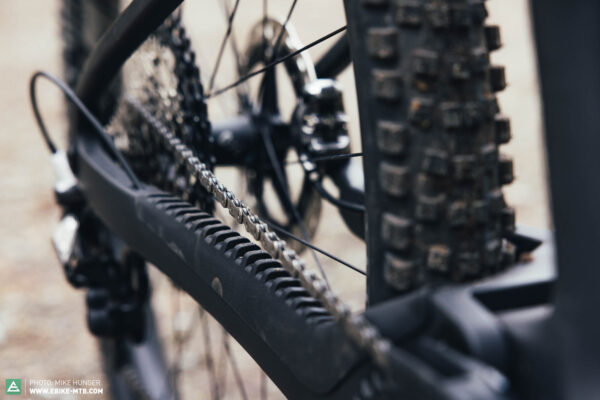
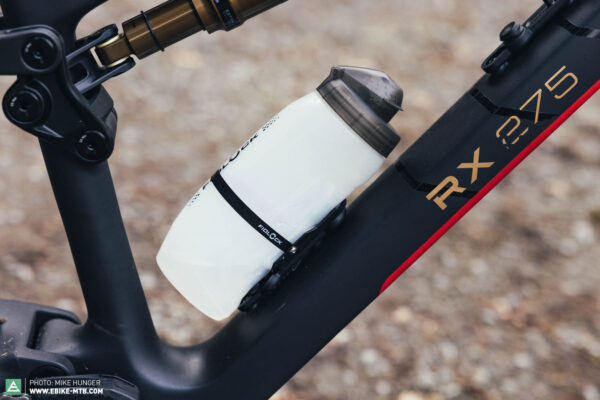
The drive system of the ROTWILD R.X275 2023
At first glance, the ROTWILD R.X275 2023 is hardly recognisable as an eMTB. The 50 Nm TQ HPR 50 motor is seamlessly integrated into the frame and almost impossible to see through the chainring on the drive side. On the non-drive side, however, the BB area looks rather bulky, standing in stark contrast with the otherwise slim frame silhouette and discreet design language. The slim down tube makes it hard to believe that there’s a 250 Wh battery hidden inside the frame. This is permanently integrated into the frame and can only be charged internally via the easily accessible charging port on the top tube. In other words, you’ll have to schlep your bike into the house for charging, unless you’ve got a plug in your garage. That said, the ROTWILD R.X275 2023 only weighs 15.6 kg, making it relatively easy to carry upstairs.

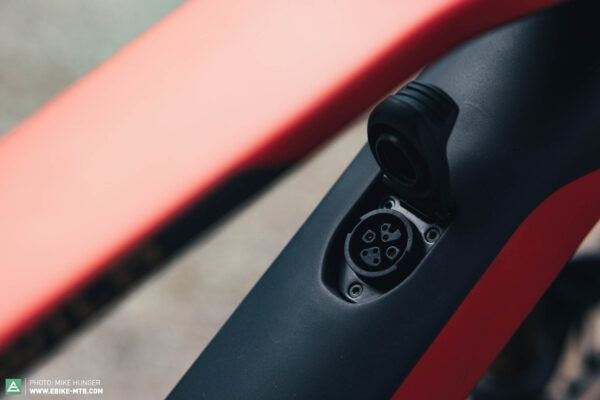
The tech geeks amongst you might have realised that the 250 Wh battery is an unusual match for the TQ system, which comes standard with a bigger 360 Wh model. However, the smaller battery was developed in close cooperation with TQ and is available exclusively with ROTWILD bikes over the next year. Once the exclusivity agreement between ROTWILD and TQ expires, all other manufacturers will be able to use it for their bikes. The display is integrated into the top tube and provides all relevant riding data, including battery charge status, speed and the selected riding mode. ROTWILD renounced a remote altogether, replacing it with a boost button, which is the linchpin of the drive concept and can’t be found on any other TQ bike (yet). The button is bright red and looks a bit like a slimmed-down FAZUA ring remote. By pressing it, you’ll activate an additional power boost for as long as you press the button, up to a total of 30 seconds. With the ROTWILD R.X275, the motor’s maximum output is limited to 200 watts in all support levels, and only boost mode unleashes its full 300 Watts power. The ROTWILD R.X275 was designed to be ridden in the lower support modes, and is meant to feel more like an analogue mountain bike rather than behaving like a conventional ebike – with the benefits of the additional power boost!
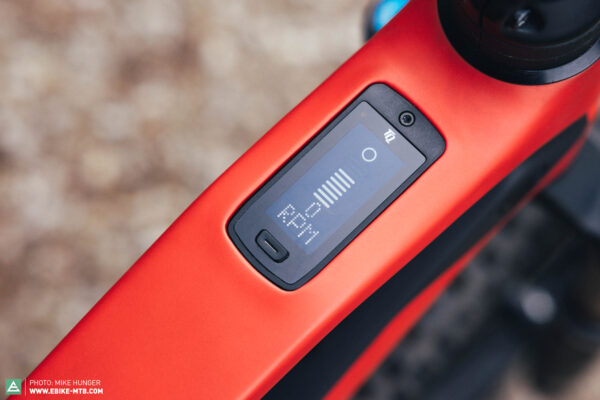
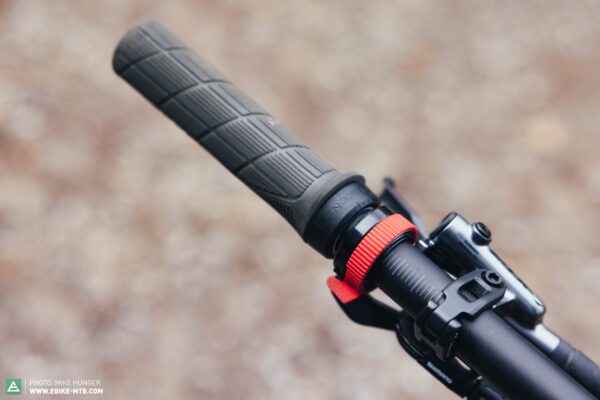
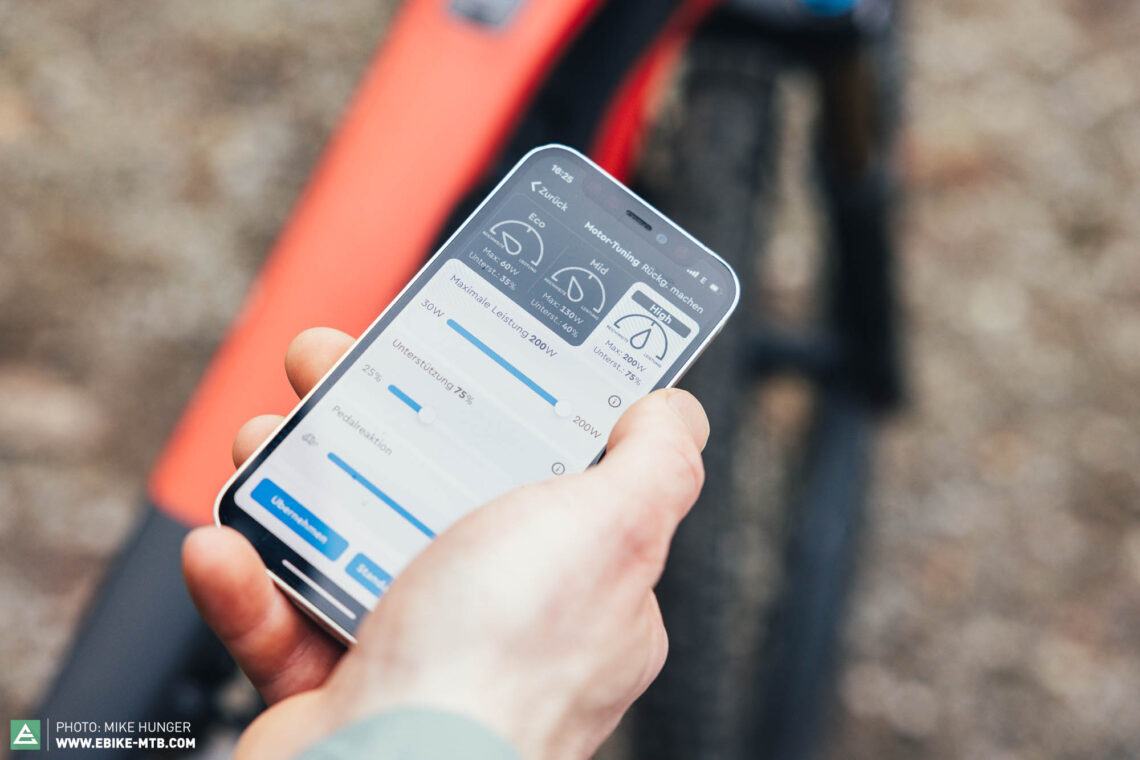
The spec of our ROTWILD R.X275 ULTRA 2023 test bike
For this test, ROTWILD provided us with the top-spec ULTRA variant, which retails at € 12,499 and tips the scales at an impressive 15.6 kg (size L ). For the suspension, ROTWILD rely on a 130 mm FOX 34 FLOAT fork with fancy Kashima coating. Unfortunately, this employs a FIT4 damper, which doesn’t offer the same outstanding trail performance as its high end GRIP2 counterpart. A FOX FLOAT DPS Factory air shock with externally adjustable, 3-stage rebound and compression settings and lockout lever controls 120mm of travel at the rear.
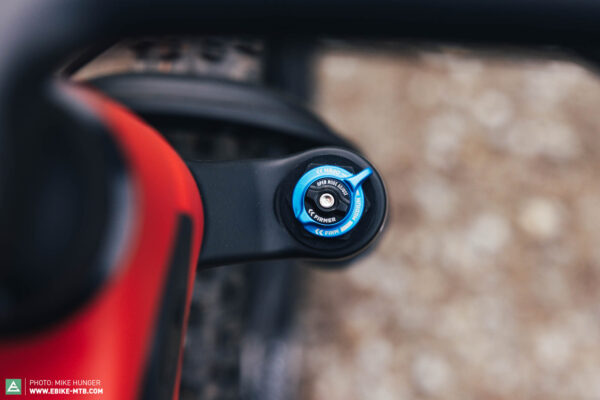
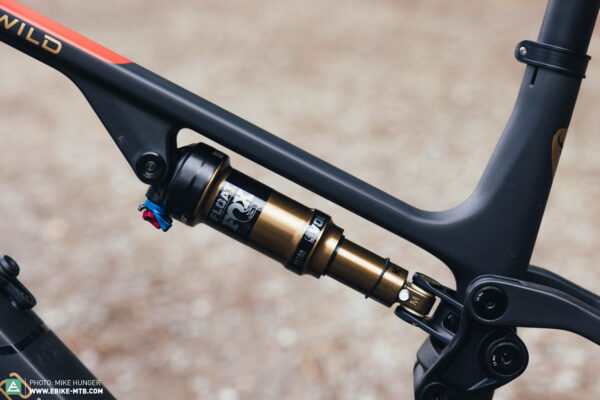
A 12-speed Shimano XTR drivetrain ensures smooth shifting and is combined with an E*thirteen chain guide. Due to the current bottlenecks in the supply chain, our test bike came with an XT cassette. Shimano also supply the top-tier, two piston XTR brakes, which are paired with a big 203 mm rotor at the front and smaller 180 mm disc at the rear.
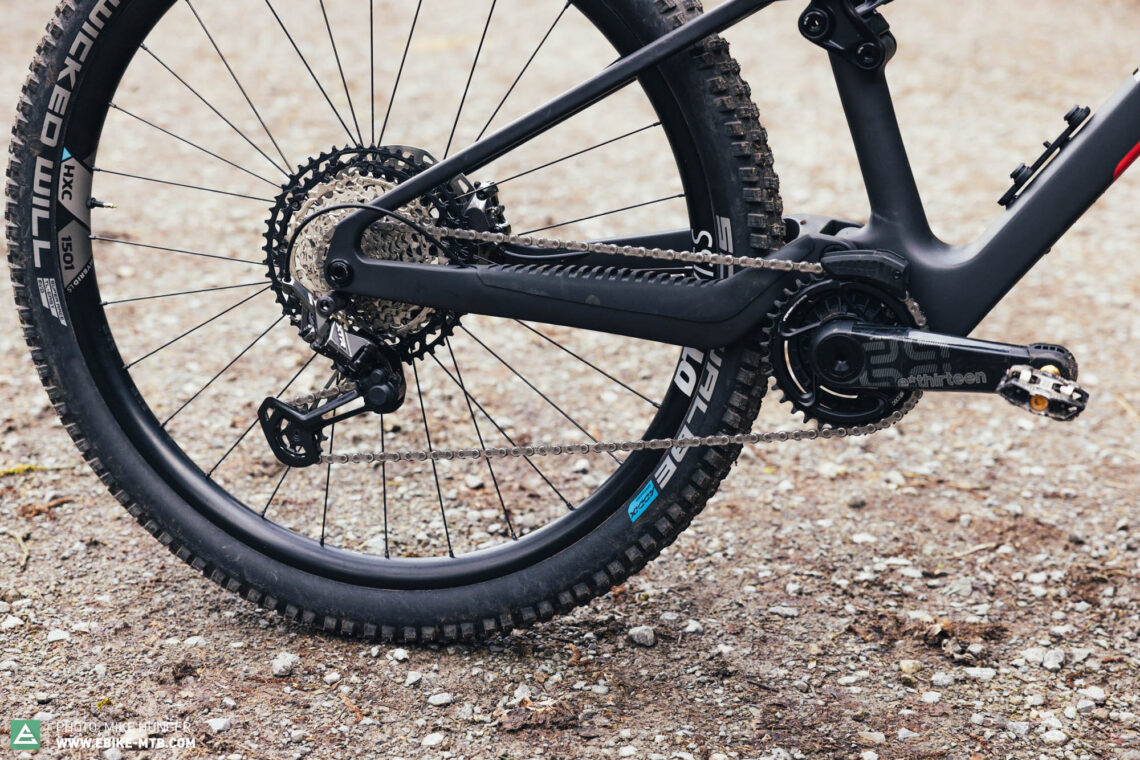

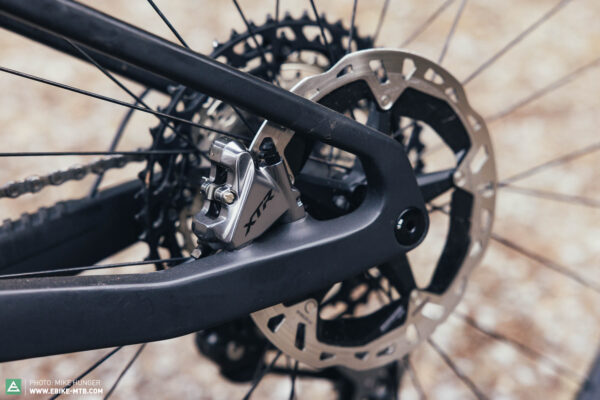
Both the carbon brake levers and FOX Transfer SL Factory seatpost are proof that the ROTWILD is trimmed uncompromisingly towards lightweight construction – the dropper post alone weighs 25% less than the conventional Transfer model. Moreover, the Transfer SL variant only has two locking positions – fully extended and fully dropped – and doesn’t have any intermediate positions. Needless to say, this takes a little getting used to, because you don’t feel any resistance when dropping the saddle. That said, the lack of intermediate positions didn’t bother us at all.
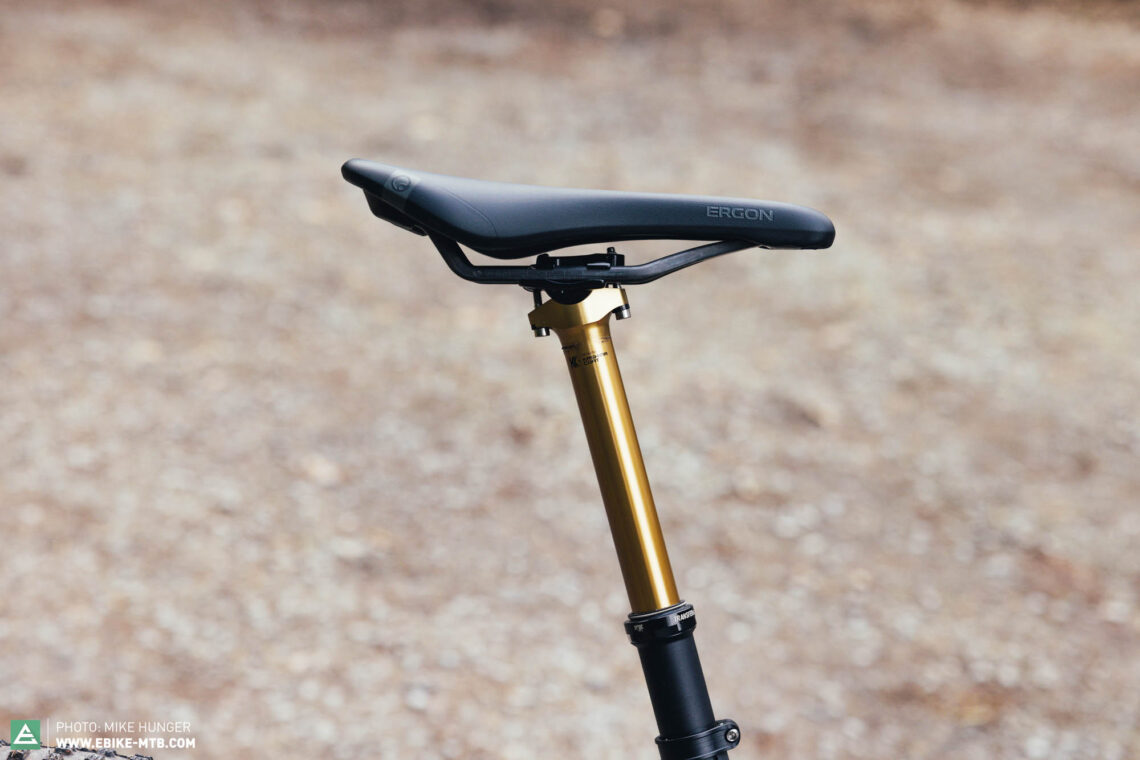
The spec consists of both high-end components from renowned third party manufacturers as well as ROTWILD’s in-house parts, which include the one-piece carbon cockpit. The brake lines disappear through a hole at the bottom of the handlebars, while the boost remote cable is tucked away inside a recess, disappearing altogether at the end of the bars. The stack height can be adjusted using a two-piece spacer system under the cockpit and conventional spacers at the top.

The ROTWILD R.X275 rolls on a DT Swiss HXC 1501 LS SPLINE carbon wheelset, which was developed specifically for Light-eMTBs. Unfortunately, the rims are under constant threat, because ROTWILD paired them with paper thin Schwalbe tires, combining a Nobby Nic in Super Ground casing at the front and Wicked Will in the even thinner and more puncture-prone Super Race casing at the rear. While the tires might be a good match for the bike’s lightweight concept, and ensure excellent rolling resistance, we recommend upgrading to more robust tires in the tougher Super Trail casing to protect the expensive rims from nasty (and costly) impacts. While you’re at it, you should upgrade to a softer rubber compound for more grip and better trail performance, both at the front and rear.


performance.
The spec variants of the ROTWILD R.X275 2023
Alongside the ULTRA flagship model we tested, ROTWILD offer a PRO spec variant, which retails at € 9,499 and also comes equipped with FOX suspension. The FOX 34 FLOAT Performance Elite fork forgoes the Fancy Kashima coating but delivers just as good a performance on the trail as the top-tier Factory variant of the ROTWILD’s ULTRA flagship model. Only the FOX FLOAT DPS Performance shock offers fewer adjustment options than its high-end Factory counterpart. Shifting and braking is taken care of by a reliable Shimano XT groupset. The ROTWILD R.X275 PRO rolls on a DT Swiss HX 1700 LS Spline alloy wheelset, which might not be as fancy and light as the ULTRA’s posh carbon wheelset, but is incredibly robust.
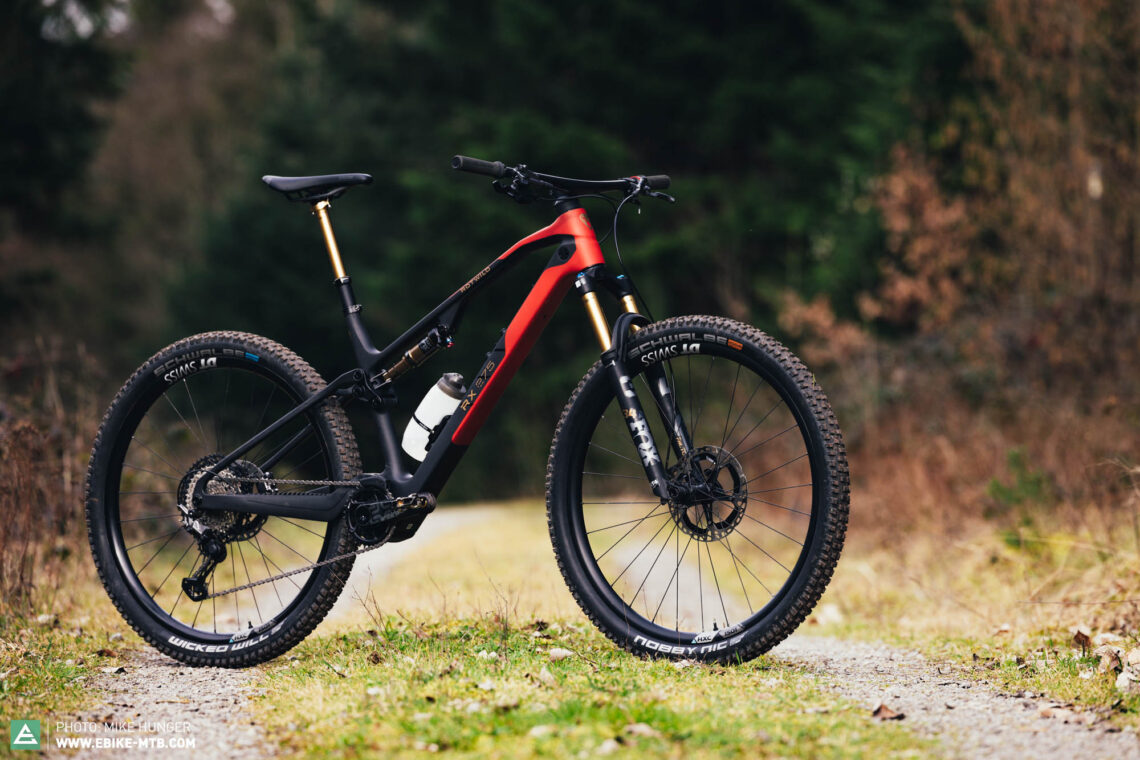
ROTWILD R.X275 ULTRA
€ 12,499
Specifications
Motor TQ HPR 50 50 Nm
Battery IPU275 250 Wh
Display TQ Center
Fork FOX FLOAT 34 Factory FIT4 130 mm
Rear Shock FOX FLOAT DPS Factory 120 mm
Seatpost FOX Transfer SL Factory 150 mm
Brakes Shimano XTR BR-M9100 203/180 mm
Drivetrain Shimano XTR 1x12
Stem ROTWILD RIC 280 Carbon 50 mm
Handlebar ROTWILD RIC 280 Carbon 780 mm
Wheelset DT Swiss HXC1501 LS SPLINE 29"
Tires Schwalbe Nobby Nic, Super Ground, Speedgrip / Schwalbe Wicked Will, Super Race, Speedgrip 2.4"
Technical Data
Size S M L XL
Weight 15.6 kg
Perm. total weight 130 kg
Max. payload (rider/equipment) 114.4 kg
Trailer approval no
Kickstand mount no
The geometry of the ROTWILD R.X275 2023
The ROTWILD R.X275 2023 is available in four sizes, S to XL. Our size L bike combines a rather long 460 mm seat tube and 485 mm reach. Chainstays are 437 mm across the board.
| Size | S | M | L | XL |
|---|---|---|---|---|
| Top tube | 590 mm | 622 mm | 649 mm | 677 mm |
| Seat tube | 400 mm | 460 mm | 485 mm | 510 mm |
| Head tube | 110 mm | 110 mm | 130 mm | 140 mm |
| Head angle | 66° | 66° | 66° | 66° |
| Seat angle | 75.5° | 75.5° | 75.5° | 75.5° |
| BB Drop | 37.5 mm | 37.5 mm | 37.5 mm | 37,5 mm |
| Chainstay | 437 mm | 437 mm | 437 mm | 437 mm |
| Wheelbase | 1174 mm | 1207 mm | 1237 mm | 1266 mm |
| Reach | 430 mm | 460 mm | 485 mm | 510 mm |
| Stack | 618 mm | 627 mm | 636 mm | 645 mm |

The ROTWILD R.X275 ULTRA 2023 on the trail
On level ground, the ROTWILD R.X275 ULTRA puts you in a comfortable yet slightly stretched pedalling position, without feeling too sporty or putting too much pressure on your hands. Uphill, the ROTWILD generates plenty of traction, while the stretched position prevents the front wheel from lifting off the ground. The suspension tends to wallow slightly when pedalling but doesn’t bob excessively. As a result, the R.X275 ULTRA doesn’t feel overly stiff, enabling even longer rides without breaking your back. When pedalling hard, the wallowing increases, and the R.X275 feels more like a trail bike than a super stiff XC racer.
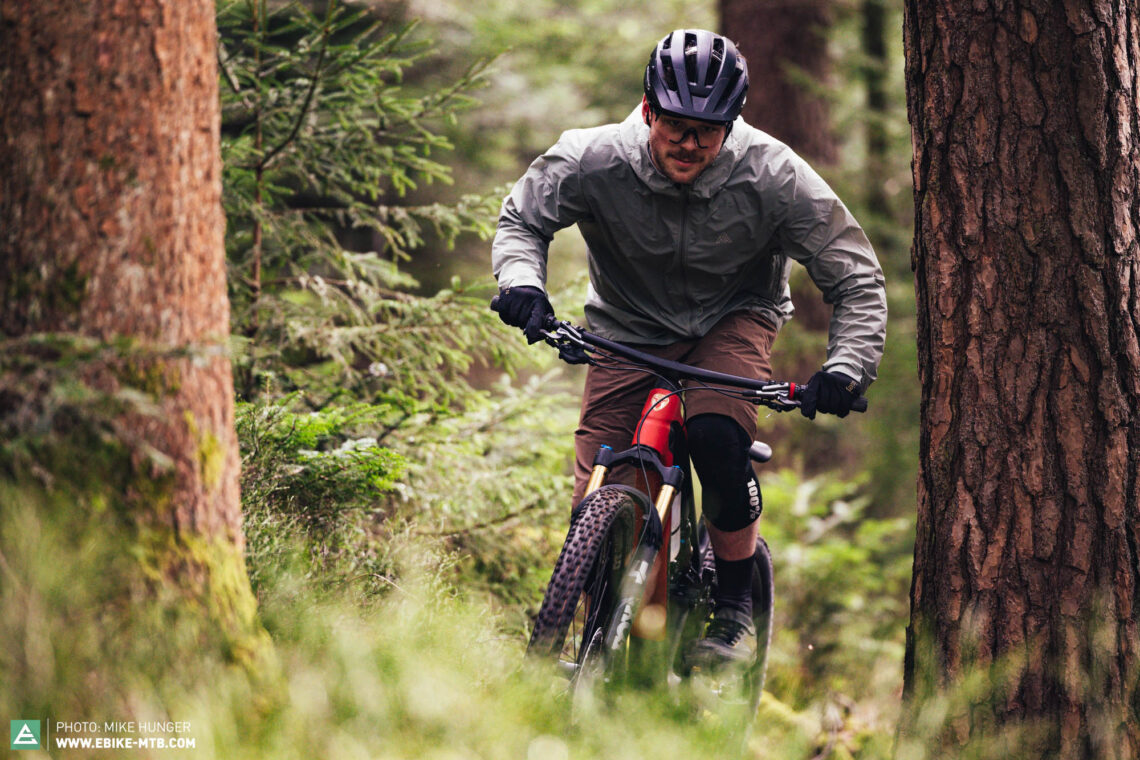
When riding in the second support level, the motor provides assistance discreetly, requiring you to work relatively hard rather than providing a relaxed shuttle feeling. The additional power of the boost mode is clearly noticeable, allowing you to push the bike over bigger steps and steep sections with confidence. However, this support mode is very gentle on the battery, and despite the small 250 Wh battery you don’t have to worry about the range. The remote is intuitive to use and easy to reach even when you’re focusing on the trail ahead in a techy climbing section. It can be tricky to keep the boost button pressed when pulling the bike over obstacles in blocked uphill sections.
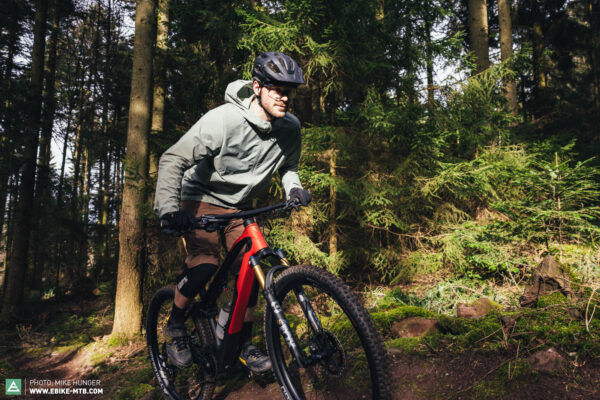
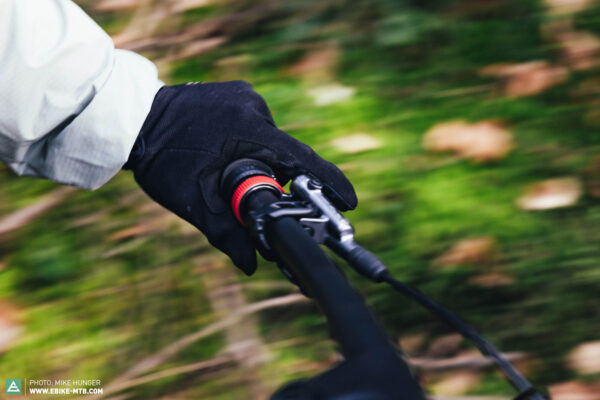
When you drop into a trail to make your way back down into the valley, the ROTWILD makes you feel at ease from the get-go, integrating you nicely between its wheels, with the weight evenly distributed between the front and rear. The long wheelbase contributes to the excellent composure, encouraging you to keep your fingers off the brakes for a few more seconds. While in smoother high-speed sections, you’ll quickly forget that you’re sitting on just 120 mm of travel, in rougher trail sections, the ROTWILD R.X275 will quickly remind you, passing on bigger hits almost unfiltered.

Active riders who like to pump through rollers and berms will be rewarded with insane amounts of speed. The stiff suspension delivers tons of pop, allowing you to gap nasty trail sections that would be hard to clear with a conventional eMTB. At the same time, the suspension provides enough reserves, bailing you out when you get yourself into a pickle. However, hard braking manoeuvres expose the dark side of the firm suspension. Simply put, the R.X275 lacks braking traction, requiring an active riding style to stay in control. In tight corners and slow, technical trail sections, the long wheelbase comes at the expense of handling, making for a slightly sluggish character. The boost button allows you to sprint out of corners, provided you don’t hit the dropper remote by mistake ;).
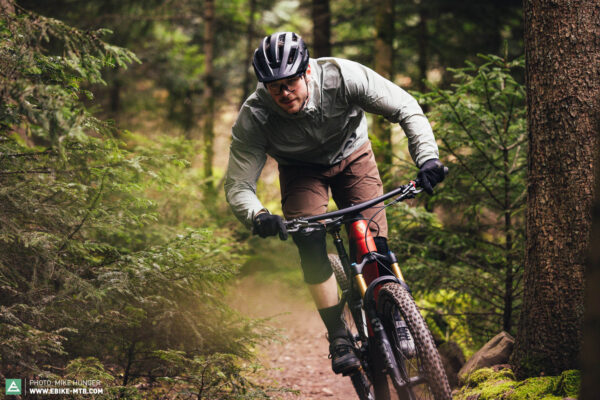
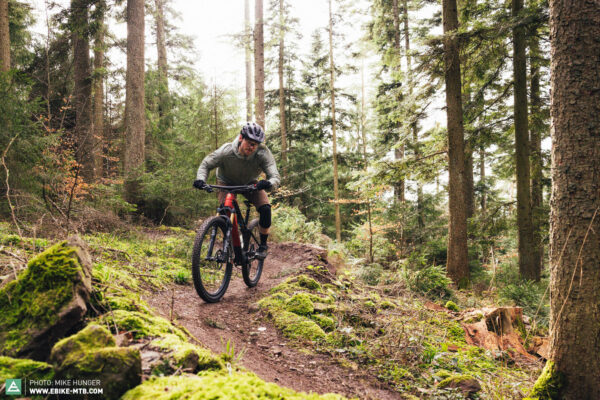
Our conclusions about the ROTWILD R.X275 ULTRA 2023
The ROTWILD R.X275 ULTRA is an exciting new interpretation of the Light-eMTB concept. The drive system is neatly integrated into the frame, ensuring a slim silhouette and clean look. On fast trails, the ROTWILD impresses with excellent composure and only reaches its limits in rough trail sections, especially in terms of braking traction. In slower trail sections and tight corners, it feels a little sluggish. The ROTWILD R.X275 is a fun do-it-all bike that really pushes its range of applications, especially uphill with its powerful Boost mode.
Tops
- Exciting Light-eMTB concept
- Clean, slim look
- Good all rounder
- Very composed for a 120 mm trail bike
Flops
- Feels a little sluggish in tight trail sections
- Lacks braking traction

For more information visit Rotwild.
Did you enjoy this article? If so, we would be stoked if you decide to support us with a monthly contribution. By becoming a supporter of E-MOUNTAINBIKE, you will help secure a sustainable future for high-quality cycling journalism. Click here to learn more.
Words & Photos: Mike Hunger




